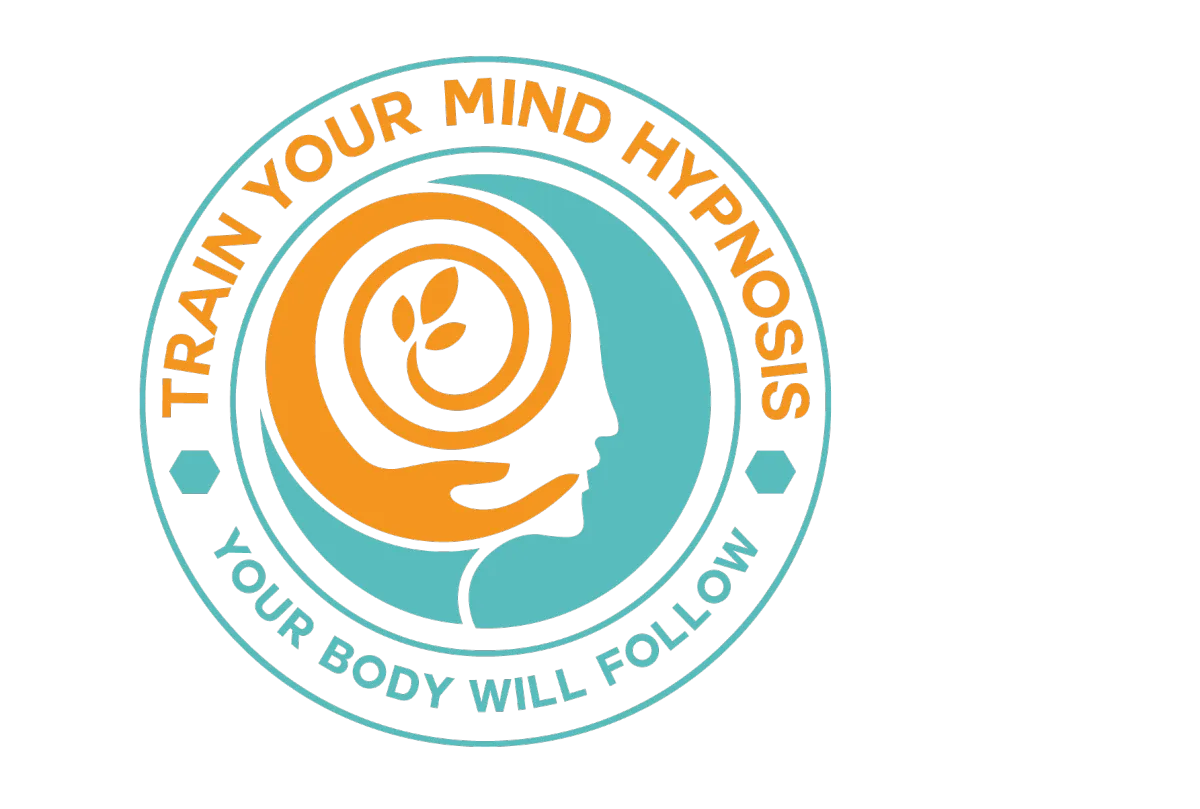Phobias and Anxiety
Phobias and anxiety disorders are among the most common mental health conditions that affect individuals worldwide. While traditional therapies, such as cognitive-behavioral therapy (CBT) and medications, are effective for many, alternative approaches, including hypnosis, have gained attention for their potential to help manage these conditions. Hypnosis, often perceived as a mysterious or mystical practice, is increasingly being recognized for its therapeutic benefits, particularly in addressing phobias and anxiety.
Hypnosis is a naturally occurring state of focused attention, deep relaxation, and heightened suggestibility. While in a state of hypnosis, individuals experience a deep sense of calm and concentration, allowing them to become more open to therapeutic suggestions. Contrary to the dramatic portrayals seen in movies, hypnosis does not involve losing control or being manipulated. Instead, it is a cooperative process where the person remains aware and in control, but the subconscious mind becomes more receptive to suggestions that can promote healing and change.
Phobias are intense, irrational fears of specific objects, situations, or creatures. Common phobias include fear of spiders (arachnophobia), heights (acrophobia), and flying (aviophobia). These fears are often rooted in past experiences, learned behaviors, or subconscious associations. The brain can form strong, automatic responses to certain stimuli, even if they do not pose a real threat. These automatic responses can lead to overwhelming anxiety and avoidance behavior.
Hypnosis can be particularly effective in treating phobias by targeting the subconscious mind, where these irrational fears are often stored. Through hypnosis, individuals can explore the root causes of their phobias and reframe their perceptions of the feared object or situation. Hypnotherapists use various techniques, including relaxation, visualization, and direct suggestion, to help individuals replace their fearful reactions with calm, neutral responses.
For example, someone with a fear of flying might be guided through a hypnosis session where they visualize themselves in a calm, relaxed state while on an airplane. This repeated exposure in a safe, controlled environment can help reprogram the subconscious mind, reducing the intensity of the phobia over time.
Anxiety is characterized by persistent feelings of worry, nervousness, or unease, often without a clear or immediate cause. It can manifest in physical symptoms, such as rapid heart rate, shallow breathing, and muscle tension. Chronic anxiety can interfere with daily life, making it difficult to manage work, relationships, and personal well-being.
Hypnosis for anxiety relief works by inducing a deep state of relaxation and reducing the physiological symptoms of anxiety. During a hypnosis session, individuals are guided to focus on their breath, release tension, and access a calm mental state. In this relaxed state, the individual is more receptive to suggestions that can help reframe anxious thoughts, alter unhelpful thought patterns, and promote a sense of control over their anxiety.
In addition to relaxation, hypnosis can help individuals identify and address the underlying causes of their anxiety. These causes may include unresolved trauma, negative thought patterns, or unconscious fears. Hypnotherapy can assist individuals in gaining insight into these issues and reframing them in a more positive, empowering light.
Research on hypnosis as a treatment for phobias and anxiety is growing, with several studies demonstrating its effectiveness. A review published in the Journal of Clinical Psychology found that hypnosis significantly reduced anxiety symptoms in individuals with various anxiety disorders. Similarly, research on hypnosis for phobias has shown positive results, with individuals experiencing reduced fear and avoidance behavior after hypnosis sessions.
In one study, individuals with a fear of flying who underwent hypnosis showed a significant reduction in anxiety and an increased willingness to board a plane. Another study found that hypnosis helped patients with generalized anxiety disorder by reducing physical symptoms like muscle tension and promoting emotional relaxation.
While hypnosis can be a powerful tool for managing phobias and anxiety, it is important to understand that it is not a one-size-fits-all solution. Not everyone is equally susceptible to hypnosis, and some individuals may not respond to it as effectively as others. Additionally, hypnosis is most effective when used as part of a comprehensive treatment plan that includes other therapeutic modalities, such as CBT, lifestyle changes, and, in some cases, medication.
It is also crucial to seek treatment from a licensed and trained hypnotherapist to ensure the effectiveness and safety of the sessions. Hypnosis should never replace professional medical or psychological care but can be a complementary therapy.
Hypnosis offers a promising and unique approach to addressing phobias and anxiety. By tapping into the subconscious mind, hypnosis can help individuals confront and reframe their fears, ultimately promoting healing and emotional well-being. While not a universal cure, hypnosis can be a valuable tool for those seeking relief from anxiety and phobias, particularly when integrated into a holistic treatment plan that supports both the mind and body. With its potential to reduce stress, alter negative thought patterns, and foster relaxation, hypnosis can empower individuals to regain control over their lives and find lasting relief from anxiety and fear.
